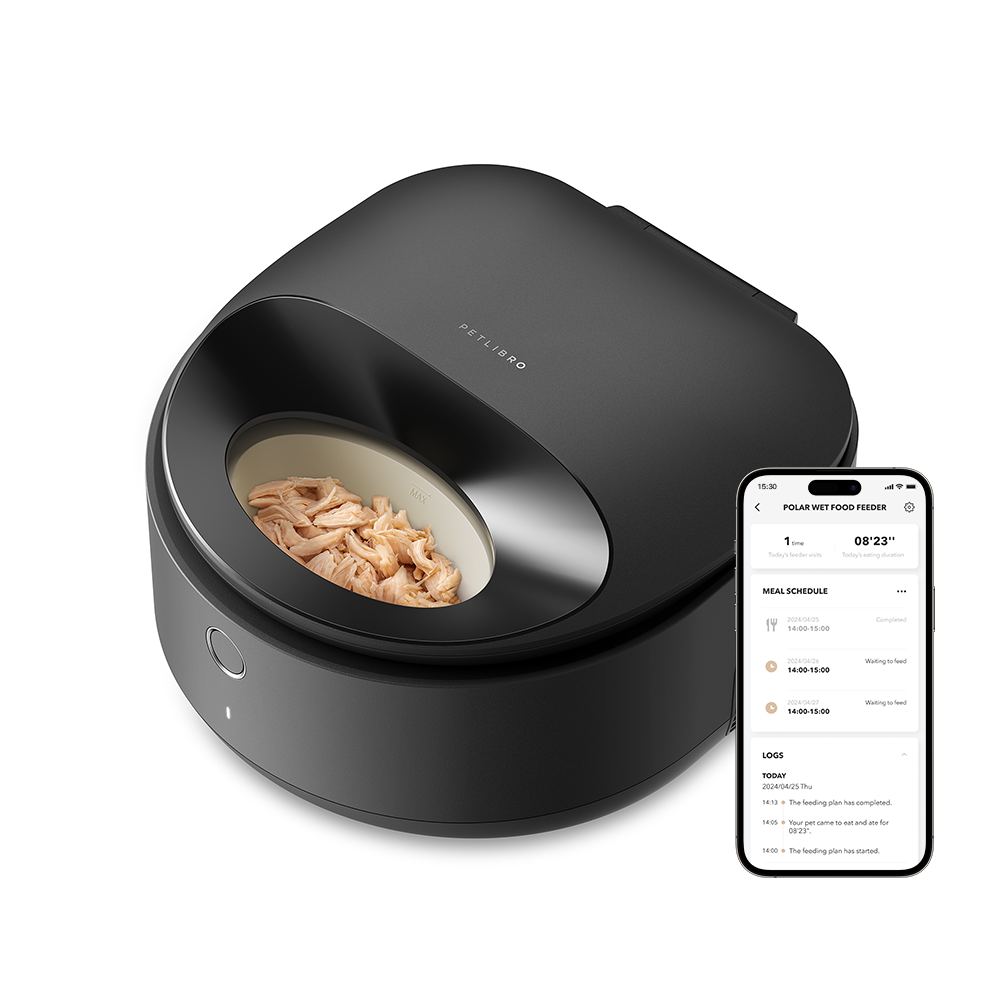
When Helixx co-founder and CEO Steve Pegg looks at Daisy — the startup’s 3D-printed prototype delivery van — he sees a second chance. And he’s pulling inspiration from McDonald’s to get there.
The prototype, which made its global debut this week at the Goodwood Festival of Speed, is an interesting proof of concept. Virtually every part of Daisy has been 3D printed with 14 consumer printers from Creality using standard PLA+ filament. Even the steering wheel bears the unmistakable layer lines of a printer just short of professional grade.
But for Helixx, the story is less about an endearingly boxy little van designed to cost just $6,000 and more about rebooting everything we know about building cars.
Helixx wants to manufacture hundreds of thousands of these runabouts in pop-up factories adjacent to some of the world’s most dense and dynamic cities. The kicker is that Helixx’s multi-tiered revenue model has little to do with the actual act of manufacturing.

Yes, it sounds a bit like dearly departed EV startup Arrival’s plan, which Pegg is deeply familiar with. Prior to co-founding Helixx in 2022, Pegg was product line director at Arrival and also took on a role overseeing lightweight vehicle development there. He’s now refining some of those core concepts with Helixx, which in June launched a $20 million Series A fundraising round based on a pre-money valuation of $100 million. The startup raised $1.3 million in seed funding last year.
There are some key differences between Arrival and Helixx, according to Pegg, who has 25 years in and around the automotive logistics game.
McDonald’s meets EVs
Where one of Arrival’s core concepts was automation, Helixx is largely about getting factories up to speed quickly, staffing them with human beings after minimal training.
“The principle is very similar to a McDonald’s franchise. You don’t need to be a chef to know how to build burgers, and McDonald’s doesn’t teach you how to be a chef,” Pegg said. “They teach you how to follow a process.”
In an hour-long conversation, Pegg referenced McDonald’s five times, showing just how influential the fast-food franchise model is to Helixx’s concept. And, just like when you’re slinging burgers with slim margins, volume is critical.
At a top level, Helixx is looking for partners who want to get into the last-mile mobility-as-a-service business and who want full control of vehicle manufacturing. For a fee, Helixx will provide access to a complete platform that covers everything from component sourcing all the way through to fleet management and even eventual vehicle refurbishment, services built at least in part on the Siemens Xcelerator platform.
“It all starts with a license,” Pegg said, something like $50 million for a company to get into the platform. This opens the door to start planning to deploy a “factory in a box,” which could go from greenfield to producing cars in as few as 180 days.
That then opens the door to a second revenue tier: selling the components that fill the factory and actually makes the cars.
Helixx handles all the supply chain logistics for the client, sourcing materials and components. Once vehicles start rolling off the line, Helixx takes a monthly service fee of roughly $80 per vehicle produced. The company also gets a $500 royalty on every vehicle put into service.
Helixx also plans to track usage data from all the vehicles, a potentially valuable commodity itself that could then be sold to anyone perhaps interested in city planning or fleet logistics.
The Helixx vans are intended for commercial use. The company sees an opportunity to unleash the vans in cities like Jakarta or Bangkok, where tuk-tuks or auto rickshaws — the ubiquitous three-wheeled demons that fill the air with the shrill cry and emissions of two-stroke engines — are the norm.
EV van by the numbers
Daisy (more formally known as the Helixx Cargo) is all-electric, but she’s not rechargeable. At least, not directly. Conceptually, at least, Daisy will run on swappable, lithium-iron phosphate (LFP) cells. But if you’re getting shades of Better Place, don’t. Unlike that startup, which relied on complicated, automated swapping stations, Helixx’s solution is much more like Gogoro.
The battery pack Helixx’s EV is modular, with each module weighing 25 pounds and providing 2 kWh of capacity. Users can simply slot in as many as they need, up to a maximum of six. When the batteries are drained, instead of recharging them, users will pull up to an Amazon Locker-like location and swap them by hand.
The vehicle fits within Europe’s L7E Heavy Quadricycle category, meaning it has a maximum speed of just 55 miles per hour. Pegg says it will weigh under 1,200 pounds (less than one-quarter the weight of a Ford E-Transit) and will be bereft of anything more than the bare necessities. Pegg wants to go back to a time of simple cars with roll-up windows.
“We’re trying to attract a user that needs a workhorse to do his job and take more money home,” Pegg said. “We’ve been able to turn those attributes around and think, what does the driver actually need?”
Subscribe to drive
To access one of the Helixx EVs, those drivers will need a subscription. In exchange for a monthly fee, subscribers will receive access to a vehicle for a set number of hours or days per month.
“Like a Netflix subscription,” Pegg said, “whether you’re using it or not.” He says this will help Helixx (and its franchisees) avoid the uneven, demand-based revenue peaks and valleys that plague other mobility services.
Pegg also envisions a sky-high 95% utilization rate. “This isn’t a vehicle of convenience,” he said. “This is going into those drivers that need these vehicles to do that job, to take more money home to their family.”
Since the factories will be conceptually scalable, the local franchisee can adjust to meet demand. Still, Pegg said Helixx isn’t interested in talking with anyone not prepared to build a factory capable of producing at least 100,000 cars per year, something that he estimates would take roughly 50,000 square feet of building space.
That may seem like an aspirational figure; roughly one-fifth the annual production of Tesla’s Fremont factory in a space one-hundredth the size. But, given Helixx’s little van is significantly smaller and more simple than even a Tesla, it may be more feasible than it seems at first blush.
And, no, Helixx’s factories won’t be full of 3D printers. That was just for prototyping. In proper production, roughly 20% of the vehicle will be made of polymers but shaped by more traditional pressing techniques. Another 45% of the van’s basic components, like the metal frame and suspension, will be cast and sourced locally.
Another 20% of the vehicle, including basic electronics and systems, will come from more advanced regional suppliers. The remaining 15% will be single-source components such as airbags, battery cells, or other equipment requiring some level of certification or precision manufacturing.
Pegg says the supply chain service and solutions Helixx is developing will ensure the cheapest, most efficient sourcing for all that, and he hopes that part of that will come from OEM partners. Helixx is actively targeting the corporate venture capital arms of manufacturers like Toyota and Hyundai for this Series A round.
Pegg believes Helixx can help these manufacturers crack open a new vehicle subscription model by dramatically lowering the cost of entry. Where subscription services like Care by Volvo are comparable to the cost of leasing and insuring a vehicle, Helixx’s vehicles would be substantially lower.
But the $6,000 Daisy van you see here (named after “Daisy Bell,” the first song sung by a computer) is just the beginning. Pegg says other vehicles could come in time, which franchisees could simply download and immediately begin producing in their modular factories.
“As long as you’ve got a license, of course.”





